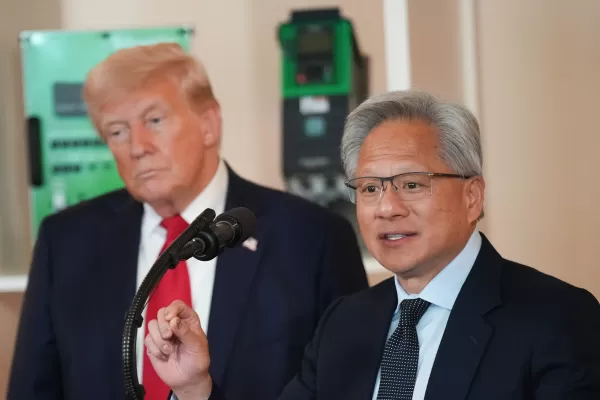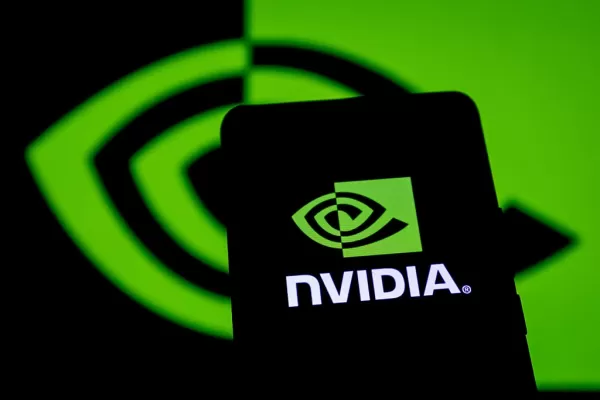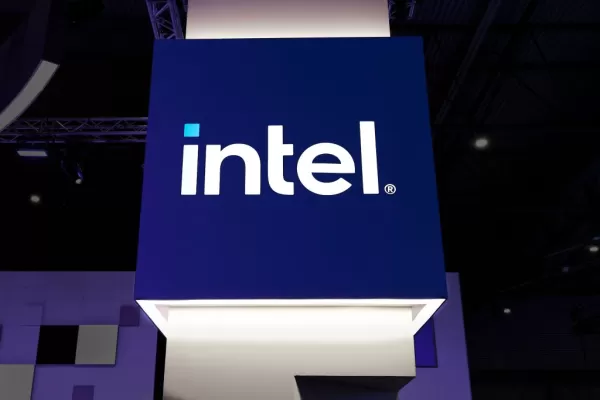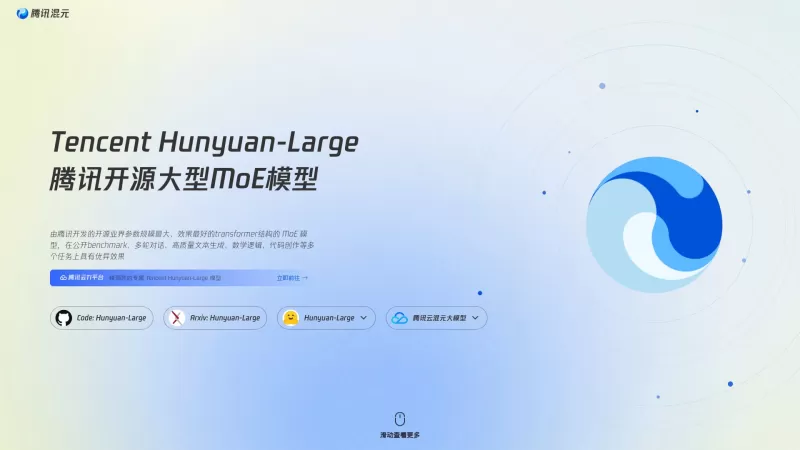U.S. Semiconductor Market Evolution: Key Milestones and Trends in 2025

A Turbulent Year for U.S. Semiconductor Leadership
The semiconductor sector finds itself at the heart of America's strategic AI ambitions, facing significant challenges and transformations in recent months. Between leadership shakeups and shifting trade policies, these developments carry major implications for both national security and technological competitiveness.
Policy Reversals and Export Battles
May: Regulatory Whiplash
The proposed AI Diffusion Framework faced eleventh-hour changes when the administration opted against implementing planned export restrictions on May 15. Instead, officials directed agencies to develop alternative guidelines, creating uncertainty for chip manufacturers navigating compliance.
April: Growing Restrictions
The month saw escalating tensions:
- Anthropic intensified advocacy for strict export controls while Nvidia publicly challenged what it called exaggerated enforcement claims
- Intel announced massive workforce reductions (21,000 positions) to refocus operations
- New licensing requirements targeted Nvidia's H20 chips destined for China, potentially costing billions
Corporate Maneuvering
Major players scrambled to adapt:
- Nvidia's CEO negotiated potential exemptions through U.S. investment commitments
- Intel and TSMC reportedly explored a groundbreaking manufacturing partnership
- New Intel leadership immediately began spinning off non-core assets and announcing specialized chip initiatives
Strategic Shifts
March: Leadership Transition
Industry veteran Lip-Bu Tan returned to helm Intel, promising renewed engineering focus after years of diversification.
January-February: Policy Foundations
- The Biden administration's parting executive order established a three-tiered export framework
- China's DeepSeek shocked observers by releasing advanced AI models, intensifying competitive pressures
- Bipartisan senators pushed for stricter controls targeting specific chip architectures
These developments underscore semiconductors' critical role in geopolitical competition, with America's technological leadership facing both internal restructuring and external challenges.
Related article
 US Pushes for Nvidia to Reduce AI Chip Sales to China
Recent reports from The New York Times and The Financial Times reveal that the Trump administration has mandated Nvidia and AMD allocate 15% of their AI chip sales revenue from China to federal coffers. This unprecedented arrangement reportedly follo
US Pushes for Nvidia to Reduce AI Chip Sales to China
Recent reports from The New York Times and The Financial Times reveal that the Trump administration has mandated Nvidia and AMD allocate 15% of their AI chip sales revenue from China to federal coffers. This unprecedented arrangement reportedly follo
 Nvidia Reports Two Major Customers Drove 39% of Q2 Revenue
Nvidia's Revenue Concentration Highlights AI Boom DependenciesThe chipmaker's recent SEC filing reveals staggering customer concentration, with two unnamed clients accounting for 39% of Nvidia's record $46.7 billion Q2 revenue - marking a 56% annual
Nvidia Reports Two Major Customers Drove 39% of Q2 Revenue
Nvidia's Revenue Concentration Highlights AI Boom DependenciesThe chipmaker's recent SEC filing reveals staggering customer concentration, with two unnamed clients accounting for 39% of Nvidia's record $46.7 billion Q2 revenue - marking a 56% annual
 US Government Invests in Intel to Boost Domestic Semiconductor Production
The Trump administration has prioritized establishing U.S. leadership in artificial intelligence, with reshoring semiconductor production serving as a cornerstone strategy. Recent policy moves, including proposed tariffs and financial incentives, dem
Comments (0)
0/200
US Government Invests in Intel to Boost Domestic Semiconductor Production
The Trump administration has prioritized establishing U.S. leadership in artificial intelligence, with reshoring semiconductor production serving as a cornerstone strategy. Recent policy moves, including proposed tariffs and financial incentives, dem
Comments (0)
0/200

A Turbulent Year for U.S. Semiconductor Leadership
The semiconductor sector finds itself at the heart of America's strategic AI ambitions, facing significant challenges and transformations in recent months. Between leadership shakeups and shifting trade policies, these developments carry major implications for both national security and technological competitiveness.
Policy Reversals and Export Battles
May: Regulatory Whiplash
The proposed AI Diffusion Framework faced eleventh-hour changes when the administration opted against implementing planned export restrictions on May 15. Instead, officials directed agencies to develop alternative guidelines, creating uncertainty for chip manufacturers navigating compliance.
April: Growing Restrictions
The month saw escalating tensions:
- Anthropic intensified advocacy for strict export controls while Nvidia publicly challenged what it called exaggerated enforcement claims
- Intel announced massive workforce reductions (21,000 positions) to refocus operations
- New licensing requirements targeted Nvidia's H20 chips destined for China, potentially costing billions
Corporate Maneuvering
Major players scrambled to adapt:
- Nvidia's CEO negotiated potential exemptions through U.S. investment commitments
- Intel and TSMC reportedly explored a groundbreaking manufacturing partnership
- New Intel leadership immediately began spinning off non-core assets and announcing specialized chip initiatives
Strategic Shifts
March: Leadership Transition
Industry veteran Lip-Bu Tan returned to helm Intel, promising renewed engineering focus after years of diversification.
January-February: Policy Foundations
- The Biden administration's parting executive order established a three-tiered export framework
- China's DeepSeek shocked observers by releasing advanced AI models, intensifying competitive pressures
- Bipartisan senators pushed for stricter controls targeting specific chip architectures
These developments underscore semiconductors' critical role in geopolitical competition, with America's technological leadership facing both internal restructuring and external challenges.
 US Pushes for Nvidia to Reduce AI Chip Sales to China
Recent reports from The New York Times and The Financial Times reveal that the Trump administration has mandated Nvidia and AMD allocate 15% of their AI chip sales revenue from China to federal coffers. This unprecedented arrangement reportedly follo
US Pushes for Nvidia to Reduce AI Chip Sales to China
Recent reports from The New York Times and The Financial Times reveal that the Trump administration has mandated Nvidia and AMD allocate 15% of their AI chip sales revenue from China to federal coffers. This unprecedented arrangement reportedly follo
 Nvidia Reports Two Major Customers Drove 39% of Q2 Revenue
Nvidia's Revenue Concentration Highlights AI Boom DependenciesThe chipmaker's recent SEC filing reveals staggering customer concentration, with two unnamed clients accounting for 39% of Nvidia's record $46.7 billion Q2 revenue - marking a 56% annual
Nvidia Reports Two Major Customers Drove 39% of Q2 Revenue
Nvidia's Revenue Concentration Highlights AI Boom DependenciesThe chipmaker's recent SEC filing reveals staggering customer concentration, with two unnamed clients accounting for 39% of Nvidia's record $46.7 billion Q2 revenue - marking a 56% annual
 US Government Invests in Intel to Boost Domestic Semiconductor Production
The Trump administration has prioritized establishing U.S. leadership in artificial intelligence, with reshoring semiconductor production serving as a cornerstone strategy. Recent policy moves, including proposed tariffs and financial incentives, dem
US Government Invests in Intel to Boost Domestic Semiconductor Production
The Trump administration has prioritized establishing U.S. leadership in artificial intelligence, with reshoring semiconductor production serving as a cornerstone strategy. Recent policy moves, including proposed tariffs and financial incentives, dem





























